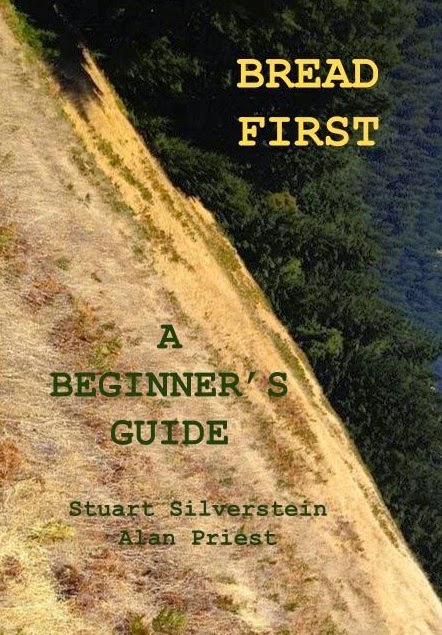This past winter I spent two miserable weeks trying to improve my bread baking skills. Actually, it wasn’t all miserable because I learned quite a bit.
For years I had been scooping flour and eyeballing most everything, but I was, however, careful about salt. That I measured.
The “pros” said, to do it “right” you must weigh all ingredients. Well I did, and I can assure you that it wasn’t fun. They also said that temperature control was extremely important. It’s not.
Look. There’s a world of difference between baking professionally and baking for yourself and friends. The pro must strive for consistency of product or his customers might take a dim view of never quite knowing what they’re buying. To be absolutely consistent, then all ingredients must be weighed, and if you’re using sourdough starter, then it is no easy feat to prevent your starter from changing. It is far easier to use instant dry yeast because it’s always the same, but sourdough simple makes a better bread.
Everybody has the potential of making excellent sourdough bread, but the wild card is your starter. If your starter is not “right,” then your bread will fail. Learn to make and maintain a starter, and you are on your way to making great bread.
Bubbling Starter
If it is cold in your kitchen, then your dough will take longer to rise, but a “cool” dough is much easier to handle. If it’s hot in your kitchen, then things will happen much faster, and it could get out of hand. Warm, sticky doughs are very difficult to handle. Keep it cool if you can. Use a little more starter in the winter and less in the summer, and that’s assuming you live in an area of seasonal changes.
Handsome Sourdough Loaf
Last summer I made a video about bread baking and oven building, and you might want to check it out.
Enjoy your amateur status and experiment all over the place. Just remember to take very good care of your mother starter.







No comments:
Post a Comment